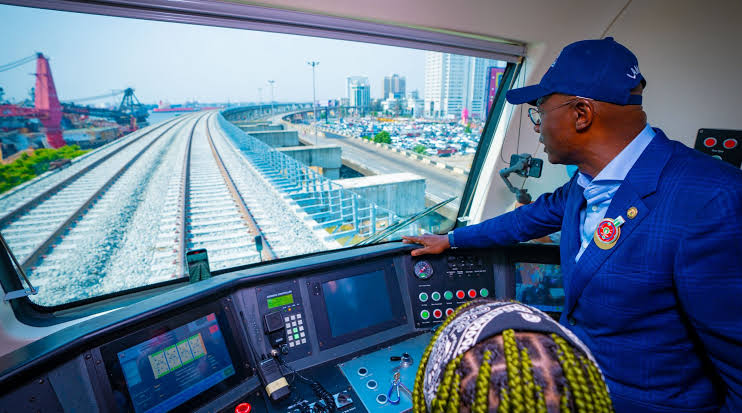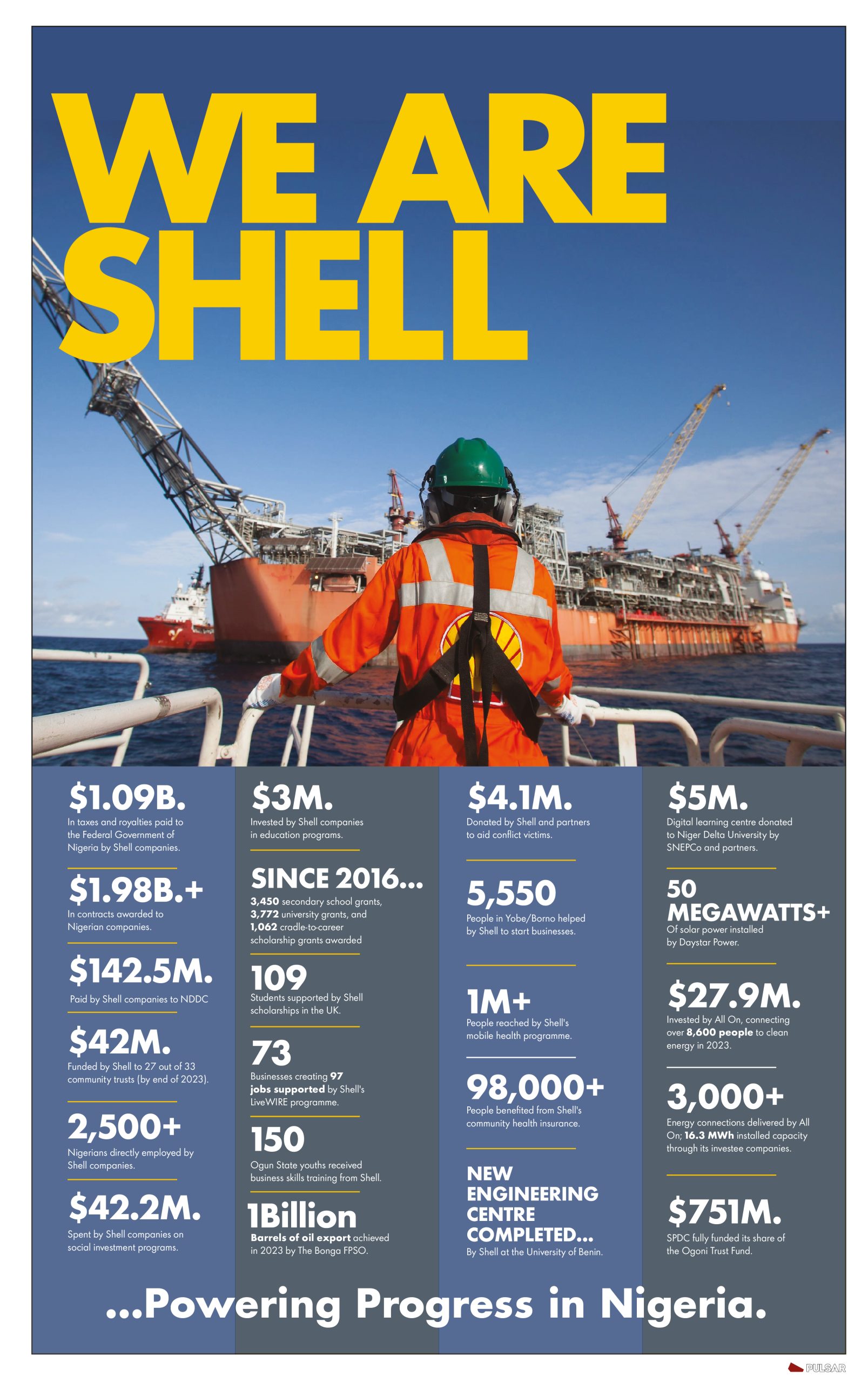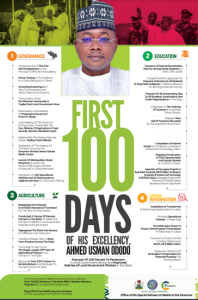By Uche Nnadozie

Over two million passengers transported on the Blue Line Rail. More than 60 million moved via state-owned buses since 2019. Over 280,000 Lagosians now commuting by ferries in a single year. These are not just statistics — they are ‘mile markers’ on the journey toward a more mobile and modern Lagos.
During the 2025 Ministerial Press Briefing at the Bagauda Kaltho Press Centre in Alausa, Lagos State Commissioner for Transportation, Mr. Oluwaseun Osiyemi, presented a compelling narrative of progress. As a Lagos resident and regular commuter, I find it heartening to see such tangible strides under Governor Babajide Sanwo-Olu’s THEMES+ Agenda. But even as we applaud these achievements, we must also engage in critical reflection: How far have we truly come, and what remains to be done?
The numbers are indeed impressive. The Blue Line Rail, which began operations with its Phase I stretching from Marina to Mile 2, has already recorded over two million passengers. Phase II, which will extend to Okokomaiko, is currently under construction, with more than 45% completion. Meanwhile, the Red Line from Agbado to Oyingbo — boasting eight stations—is operational, with further expansion planned to connect with the Blue Line at the National Theatre. The link is presently under construction.
This integration of the rail network is a welcome shift in a city long plagued by unending traffic gridlocks and limited alternatives. For decades, we’ve talked about mass transit in Lagos. Now, we are beginning to see it materialize. And that deserves recognition.
Yet, the success of these rail projects must be measured not only in ridership numbers but in the transformative impact on the average commuter. Is the ride affordable? Is it reliable and safe? Does it reduce travel time in any significant way? Anecdotally, I hear mixed reviews. Many celebrate the speed and convenience; others worry about ticket prices, but compared to regular buses, it is still cheaper.
On the road transport front, the state-run buses continue to provide a backbone for daily commuting. With over 42,000 passengers served each day and more than 60 million since 2019, the system’s scale is commendable. The recent commissioning of the Abule Egba Bus Terminal and the construction of new Quality Bus Corridors signal a forward-looking approach. But the managers can help better the frequent breakdowns, overcrowding, and route inconsistencies. The plan to deploy new buses is encouraging, but effective execution is what will make the difference.
Perhaps one of the most exciting developments is in water transport—a mode many Lagosians previously overlooked or feared. The launch of 15 Omibus Ferries, the opening of the Ijegun Egba Terminal, and the ambitious OMI EKO project (with support from the French Development Agency) all suggest that Lagos is finally embracing its waterways. The target of 25 terminals and 78 electric ferries sounds futuristic, but if realized, it could revolutionise the way we commute. I am particularly glad that safety standards are being prioritized, with 12 boats already upgraded.
Equally worthy of mention is the attention being paid to traffic management and road infrastructure. The 49 junction improvement projects — including those ongoing at Ikorodu, Iju, and Allen-Opebi-Toyin — may seem mundane, but these are the little things that make a huge difference in daily commutes. Add to this the provision of solar-powered traffic lights, over 67 kilometres of road markings, new medians and laybys, and thousands of parking slots, and it’s clear that a more organized city is taking shape.
Technology is also playing its part. The deployment of Automatic Number Plate Recognition cameras, which have detected over 470,000 traffic violations, shows that Lagos is getting smarter about enforcement. The issuance of over one million roadworthiness certificates and the training of over 32,000 drivers through Lagos State Drivers’ Institute demonstrate a commitment to safety and education.
Let’s not forget the role of Lagos State Traffic Management Authority, the often-criticised but essential traffic agency. Training over 800 personnel and reviving safety programmes in 59 schools shows an effort to rehabilitate its image and redefine its role.
So, what’s the verdict? Lagos is not where it used to be. From rail to road to water, the transformation is visible. But the work is far from done.
A successful transportation system is not just about infrastructure. It’s about creating a seamless experience — one where a commuter can switch from ferry to train to bus without hassle. It’s about ensuring that a market woman in Okokomaiko has the same access and comfort as a banker in Marina. And most importantly, it’s about trust — that residents believe in the system enough to leave their cars at home. There is no doubt that we have moved the needle.
We must keep pushing. Better ticketing systems. More first-and-last-mile connections. Cleaner, safer terminals. Transparent communication with the public. These will ensure that the gains we’re seeing today are not just celebrated in press briefings but felt in our everyday lives.
Lagos is on the move. Let’s make sure we’re all moving forward — together.



